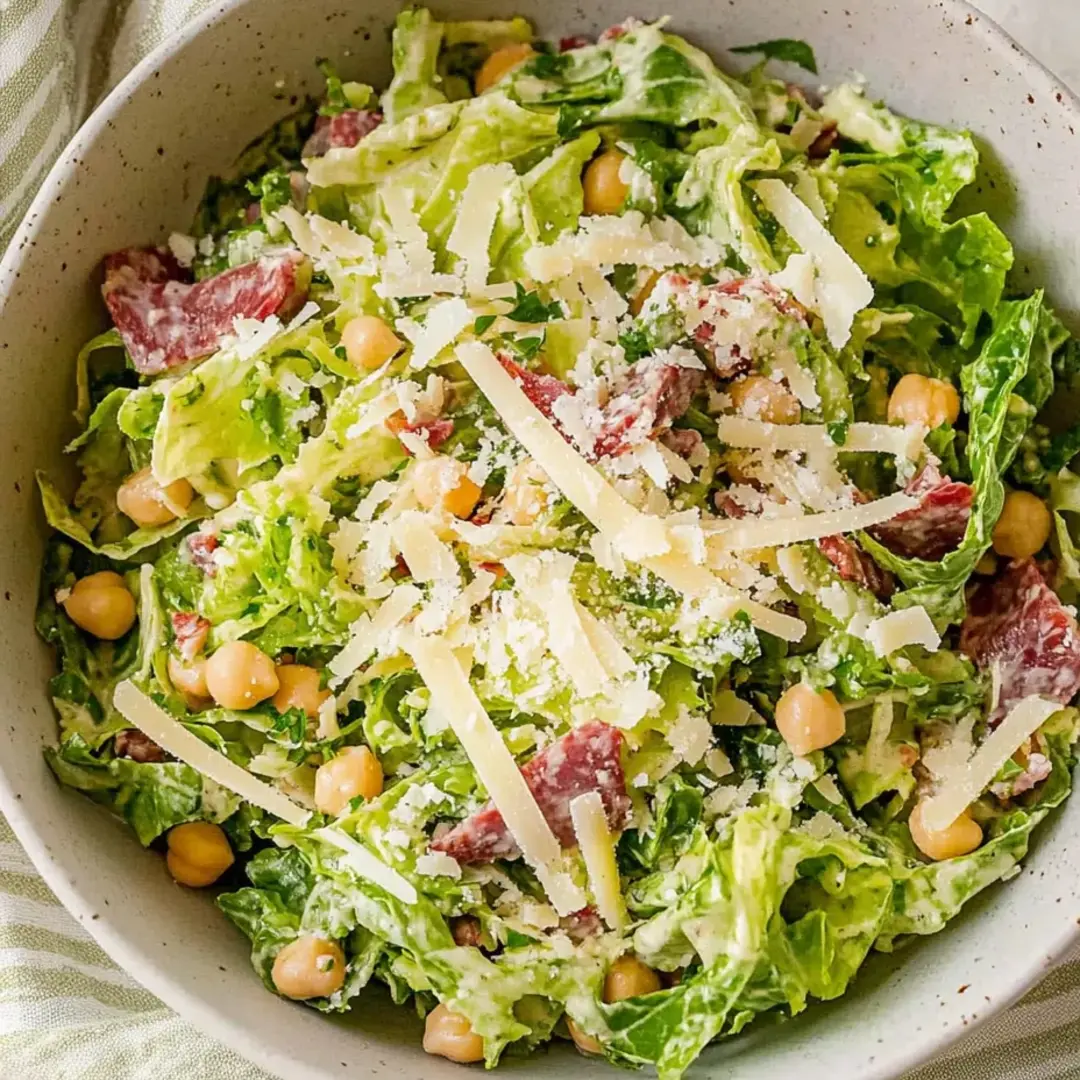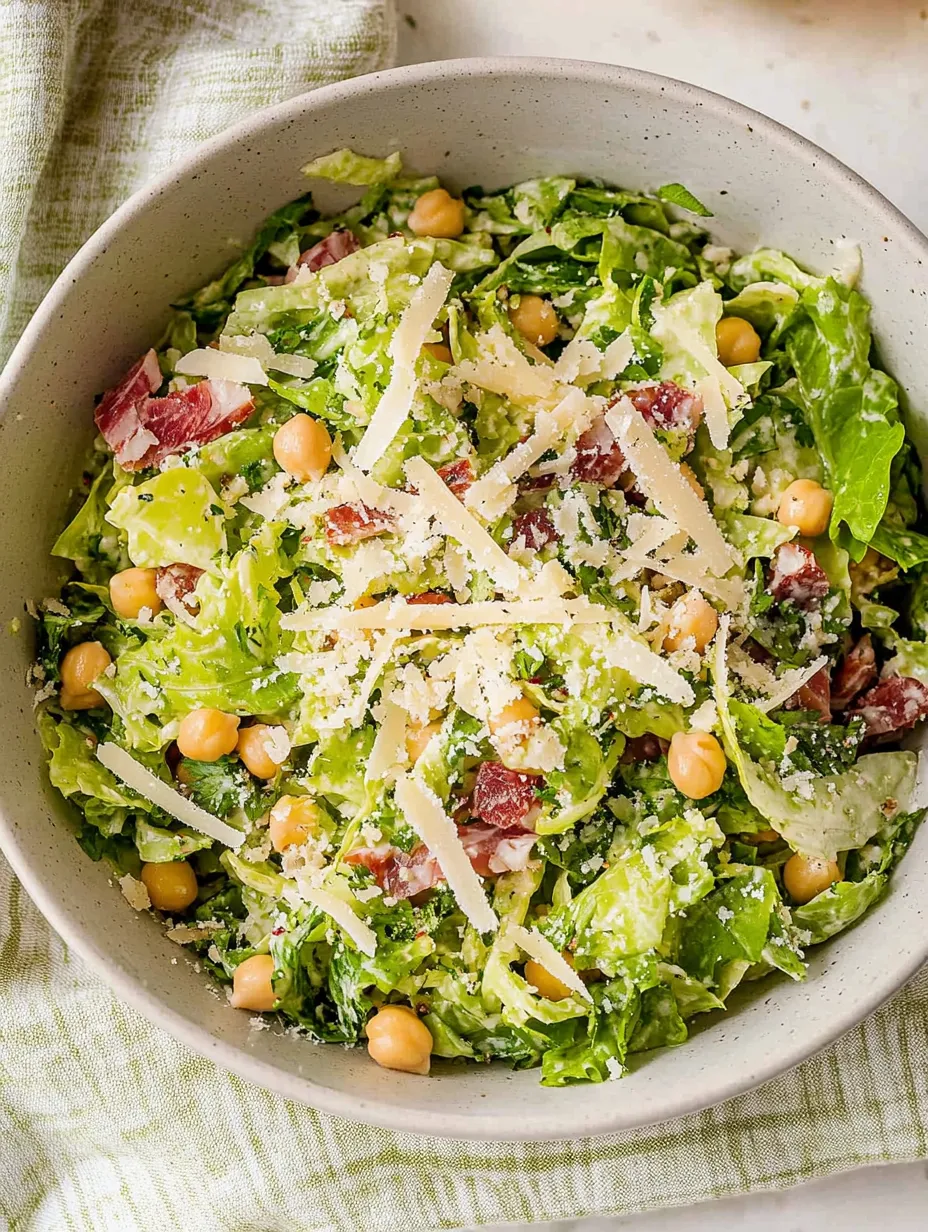 Pin it
Pin it
Cajun seafood pot pie brings the heart and soul of Louisiana straight to your dinner table. This comforting dish combines the ocean's bounty with rich, spicy Cajun seasonings, all tucked inside a flaky, golden crust that breaks open to reveal a creamy, fragrant filling. Every spoonful delivers the authentic taste of Gulf Coast cuisine – tender shrimp, sweet crabmeat, and delicate fish swimming in a velvety sauce that carries the warmth of generations of Southern cooking.
I first made this recipe after a trip to New Orleans where I fell in love with Cajun cuisine. My family couldn't believe I'd recreated those authentic flavors at home, and now it's requested at least once a month, especially when we have guests to impress.
Ingredients
- Fresh Gulf seafood (shrimp, crab, crawfish): The fresher the seafood, the better your pot pie; look for shrimp with firm texture and no ammonia smell
- Cajun seasoning: The soul of this dish; a good blend should have paprika, cayenne, garlic powder, and herbs; adjust the amount based on your heat preference
- Butter: Use unsalted butter to control the saltiness of your dish; it forms the base of your roux and adds richness
- Trinity vegetables (onions, celery, bell peppers): These aromatics are non-negotiable in Cajun cooking; they should be diced finely and cooked until soft
- Seafood stock: Adds depth that water or chicken stock can't match; make your own with shrimp shells or buy high-quality stock from a fishmonger
- Heavy cream: Creates the velvety texture that makes this pot pie so luxurious; don't substitute with milk or half-and-half
- Pie crust: Whether homemade or store-bought, ensure it's butter-based for the best flavor and flakiness
- Garlic: Fresh minced garlic adds a punch that garlic powder can't replicate; look for firm heads with tight skin
 Pin it
Pin it
Cooking Instructions
- Step 1:
- Prepare your ingredients - Before you begin cooking, have everything measured, chopped, and ready to go. Cajun cooking moves quickly, and you won't have time to measure spices once your roux is cooking. Peel and devein your shrimp, pick through your crabmeat for shells, and dice your vegetables into uniform pieces about 1/4 inch in size. This preparation makes the actual cooking process much smoother and helps you avoid burning your roux.
- Step 2:
- Create a dark roux base - In a large, heavy-bottomed skillet, melt your butter over medium heat until it begins to foam. Add the flour and whisk constantly as it cooks. Don't rush this process – a good roux takes patience. The mixture will gradually change from pale yellow to tan to peanut butter-colored and finally to a rich chocolate brown. This could take 15-20 minutes of constant stirring, but this depth of flavor is what sets authentic Cajun cooking apart from imitations.
- Step 3:
- Add your trinity vegetables - Once your roux reaches that beautiful dark color, immediately add your diced onions, celery, and bell peppers. The vegetables will sizzle and release moisture, cooling down the roux and stopping the browning process. Stir constantly for about 5 minutes until the vegetables soften and become aromatic. Add your minced garlic for the last 30 seconds to prevent it from burning while still releasing its flavor into the base.
- Step 4:
- Create your sauce - Slowly pour in your seafood stock while whisking constantly to prevent lumps from forming. The mixture will initially seize up but will smooth out as you add more liquid. Once all the stock is incorporated, pour in the heavy cream and bring the mixture to a gentle simmer. Add your Cajun seasoning, adjusting the amount to taste. Allow the sauce to simmer and thicken for about 10 minutes, stirring occasionally.
- Step 5:
- Add the seafood - Turn the heat down to low before adding your seafood. Different types cook at different rates – add fish pieces first, followed by shrimp, and finally crabmeat, which is already cooked. The residual heat will cook the seafood gently without making it tough. Stir carefully to avoid breaking up the delicate pieces. The seafood is done when the shrimp turns pink and opaque – this should only take 3-4 minutes.
Assembly and Baking
Line a deep 9-inch pie dish with one crust, pressing it gently against the sides. Pour in your seafood filling, making sure it's not too hot when you do this. Cover with the second crust, crimping the edges together to seal. Cut several vents in the top to allow steam to escape during baking. For an extra-golden finish, brush the top with an egg wash made from one beaten egg mixed with a tablespoon of water.
Place the pie on a baking sheet to catch any drips and bake at 375°F for 30-35 minutes. The crust should be deeply golden and the filling should be bubbling through the vents. Let the pie rest for at least 15 minutes before cutting – this allows the filling to set and prevents it from running all over your plate.
I've always been partial to the shrimp in this recipe. My grandmother used to say that Gulf shrimp had a sweetness you couldn't find anywhere else, and I've found that to be true. When I serve this pot pie at family gatherings, everyone fights over the shrimp pieces first!
Louisiana's Seafood Heritage
The connection between Louisiana and seafood runs deep. The state's extensive coastline and bayous provide an incredible variety of fish and shellfish. Families have been harvesting from these waters for generations, creating recipes that honor the catch while stretching it to feed everyone. This pot pie is a perfect example of taking simple ingredients and transforming them into something extraordinary through technique and seasoning.
The Importance of the Roux
A proper roux is the foundation of many Cajun dishes, including this pot pie. The patience to stand at the stove, stirring constantly until the flour and fat mixture reaches that perfect mahogany color, is a skill passed down through generations. It's not just about thickening – a dark roux adds a nutty, complex flavor that you simply can't get any other way. Taking shortcuts here would be immediately noticeable in the final dish.
 Pin it
Pin it
Seasonal Variations
While the basic technique remains the same, this pie changes with the seasons and what's available from local waters. In crawfish season, I'll use more of those sweet little tails. When Gulf oysters are at their peak in cooler months, I might add a few. The flexibility of this recipe is part of its charm – it adapts to what's fresh and available while maintaining its comforting, rich character.
Serving Traditions
In Louisiana homes, seafood pot pie might be the centerpiece of a Sunday dinner or a special occasion meal. It's often served alongside simple sides that don't compete with its rich flavors – perhaps a crisp green salad with a light vinaigrette or some steamed green beans. The contrast between the creamy, spicy pie and fresh vegetables creates a balanced meal that satisfies without overwhelming.
There's something deeply satisfying about setting a golden, bubbling seafood pot pie in the center of the table. The moment when you break through that flaky crust to reveal the creamy seafood filling underneath is pure magic – steam rises, carrying the aroma of the bayou, and suddenly everyone at the table is transported to Louisiana. Whether you have roots in the South or just appreciate good food, this Cajun seafood pot pie connects you to a rich culinary tradition that celebrates local ingredients and bold flavors.
Frequently Asked Questions
- → How far in advance can I make this salad?
- You can prep all the ingredients up to 2 days ahead, but store the dressing separately. For best results, toss the salad with the dressing just before serving to maintain the crispness of the lettuce.
- → What can I substitute for Italian salami?
- If you can't find Italian salami, you can substitute with pepperoni, soppressata, or even diced ham. For a vegetarian version, you could use plant-based salami alternatives or simply increase the chickpeas.
- → Is there a way to make this dairy-free?
- Yes, you can make this dairy-free by omitting the cheese in the dressing and replacing the mozzarella with a dairy-free cheese alternative. The salad will still be delicious with just the olive oil, vinegar, and mustard base.
- → What protein can I add to make this a complete meal?
- This salad works wonderfully with added grilled chicken, shrimp, or tuna. For vegetarian options, try adding hard-boiled eggs or additional beans like white beans or edamame.
- → Why is my salad soggy after storing it?
- Lettuce will wilt once dressed due to the acidity in the dressing. To prevent this, store leftover salad components and dressing separately, and combine only what you'll eat immediately.
